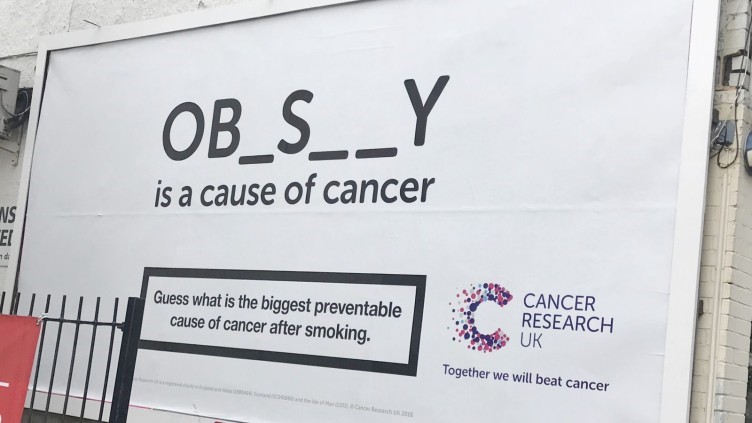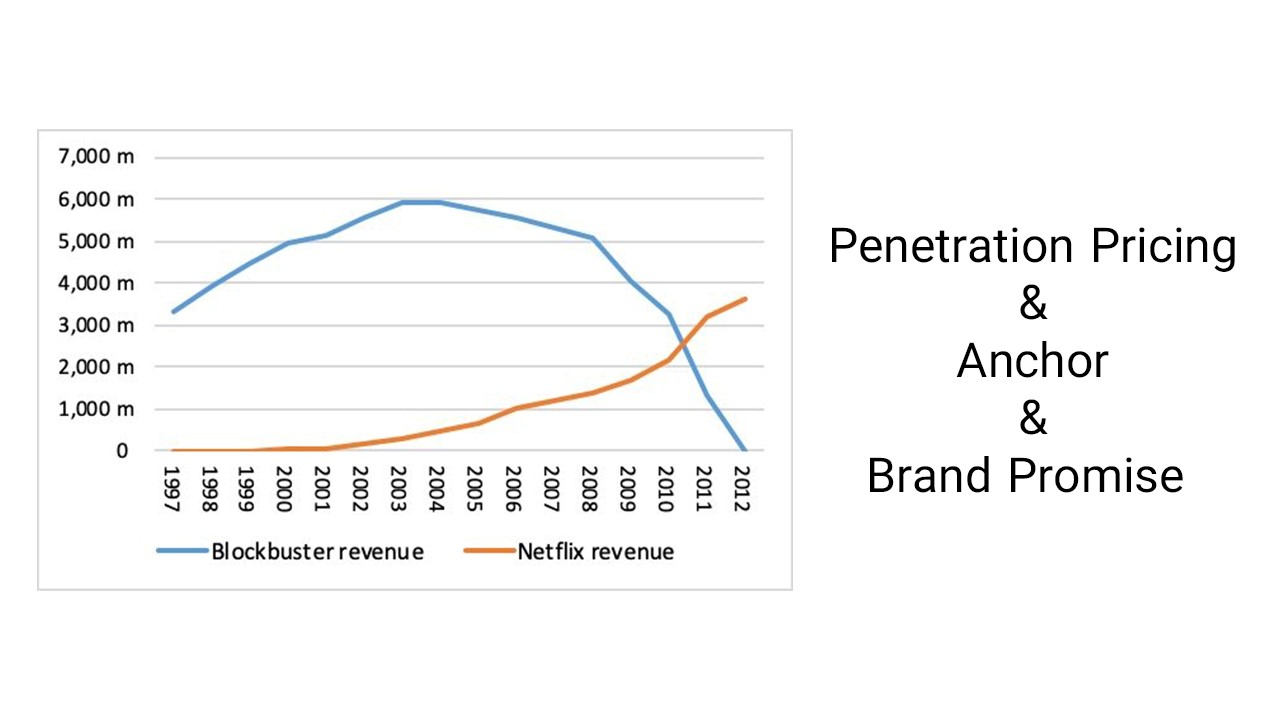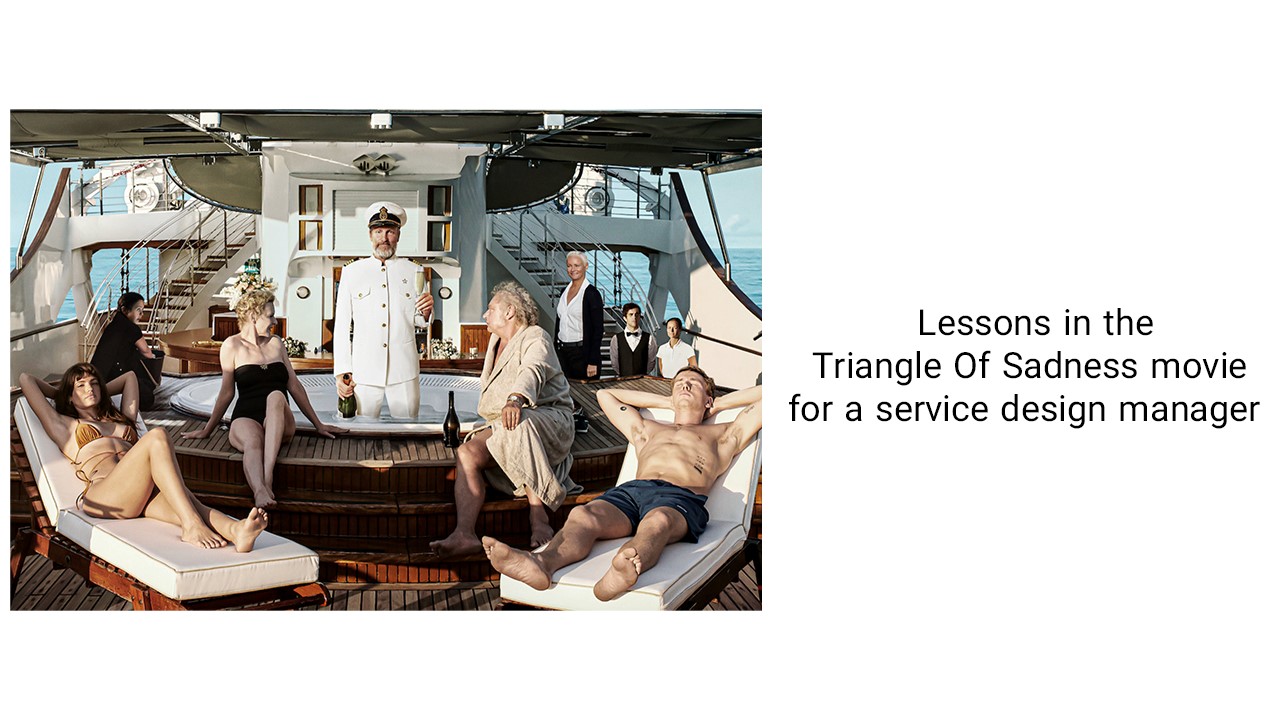
Dove found a cultural tension in society. So they used this tension to their advantage. They solved this challenge with the big ideal framework;
1) Dove believes “the world would be a better place if women were allowed to feel good about their bodies.” (Image 1)

They did some campaigns… perhaps, you saw some of these billboards (image 2)
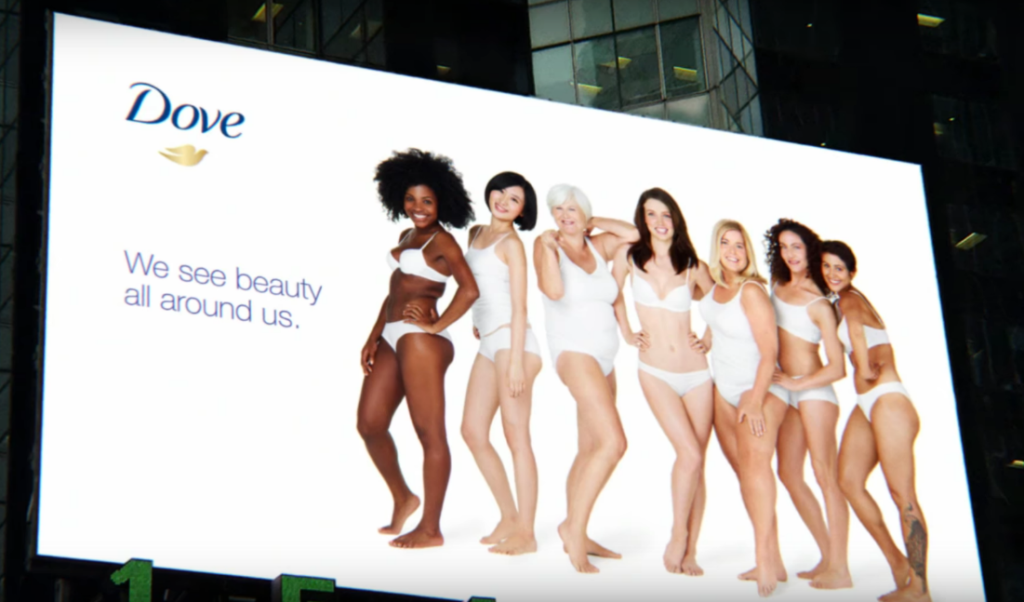
I highly recommend you to see the Dove Real Beauty Sketches videos if you haven’t seen them before.
Also, You can find more information about their campaigns on their website.
Other brands change their strategy too. In August 2021 Victoria’s secret announce their rebranding

On the other hand, we see many brands that use unique faces and bodies as models in their advertising. It would appear they fear decreasing sales if they change their strategy. We are going to review why using normal people as a model could be useful based on behavioral science.
Importance of trustworthiness for brands
You can search on google for brands and trustworthiness and can find a lot of content. Most of them explain this concept based on Branding. But, I want to draw your attention to the trustworthiness of a brand with behavioral economics concepts. Daniel Kahneman who is a famous behavioral economist that is very well known in this field across the world and won the 2002 Nobel prize for writing the book: Thinking, Fast and Slow in 2011. He said people have two system approach to thinking.
Fast and slow, Trust
He discussed in fast thinking, we use our memory and make a decision fast. (2×2=4) you didn’t calculate 2×2. You just recall 4 from your memory. In slow thinking, we think slowly, and the thinking is effortful. (25*564=?)
When we trust things, we use fast thinking. But, when we are not sure about things, we use slow thinking. So, for advertising, it is perceived as ‘good’ when people know your brand as a trustworthy brand. Because they don’t think about choosing you in store, it’s automatic. Let’s dig a little deeper into this concept.
Familiarity and trust
“Familiar faces are especially powerful in creating trust since we’ve evolved to trust people we know and be wary of those we don’t. This is why advertisers use spokespeople and celebrity endorsements as often as they do. Naturally, our eyes are drawn to faces we recognize, and we instinctively believe a face or voice we’re familiar with.”
When faces are more familiar to us, we trust them. Which faces in Victoria’s Secret advertising are more familiar to you. Was this their last strategy or current strategy?
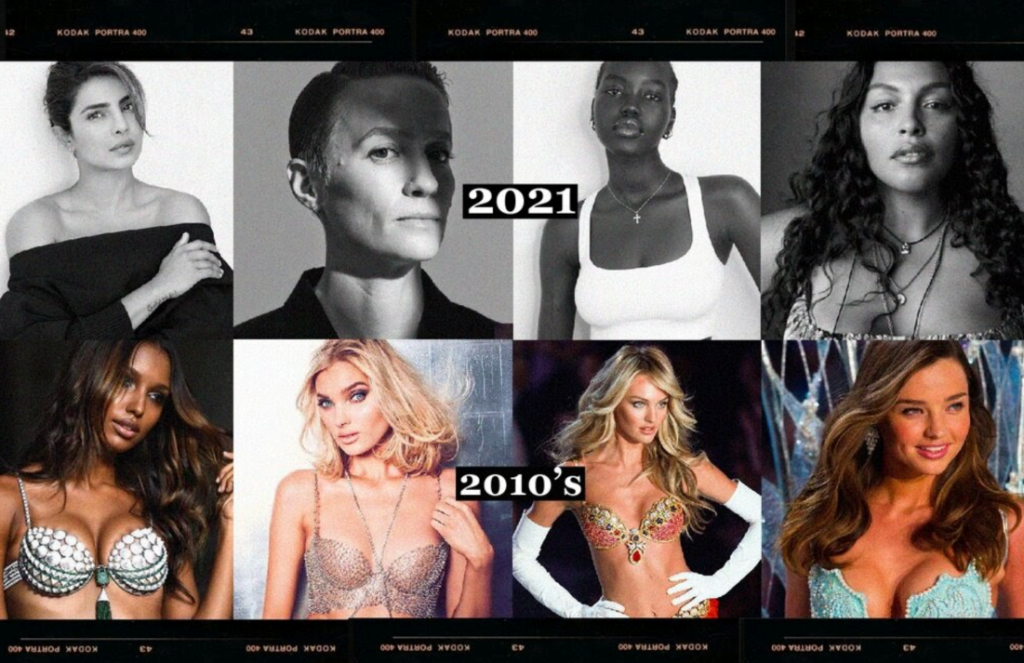
perhaps, their last strategy was more attractive, but the current strategy is trustworthy.
Find your persona
Brands should research their persona deeply. After that, they can choose their model persona familiar.
Recourses:
- https://www.amazon.ae/Goodvertising-Creative-Advertising-that-Cares/dp/050051626X
- https://medium.com/lucidpress/3-steps-to-build-brand-consistency-de9d84da78f9
- https://time.com/4629671/dove-raise-the-beauty-bar/
- https://www.dove.com/arabia/en/stories/campaigns/women-get-told.html
- https://www.marketingweek.com/mark-ritson-dove-real-beauty-campaign/
- https://www.bbc.com/news/blogs-trending-29958907
- https://www.nytimes.com/2022/07/13/style/victorias-secret-rebrand.html
- https://www.latonique.news/articles/victorias-secrets-rebrand-genuine-inclusivity-or-performative-activism
- https://stridecreative.com/the-science-of-familiarity/
Cover credit:
latonique.news/articles/victorias-secrets-rebrand-genuine-inclusivity-or-performative-activism

